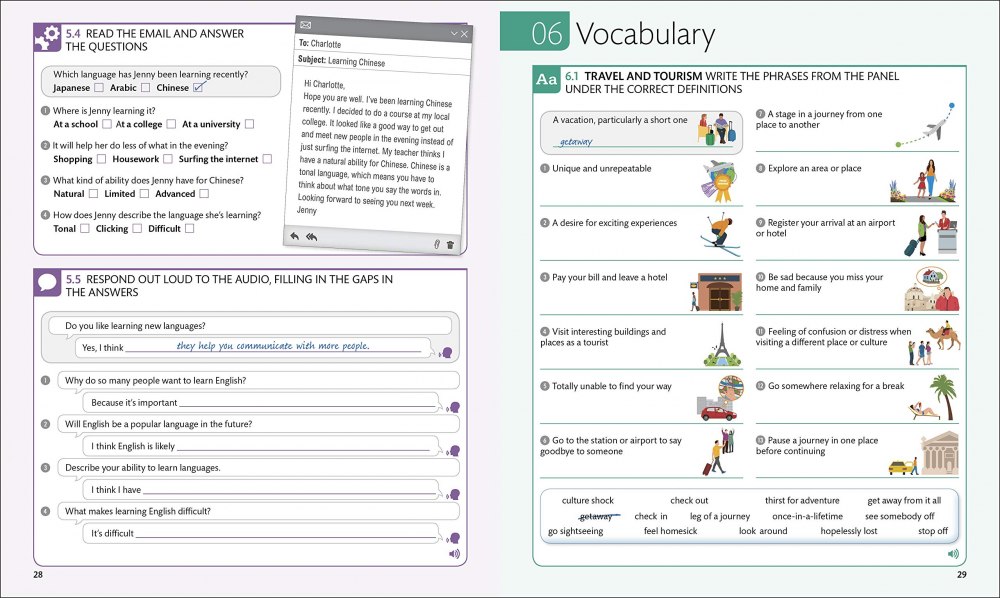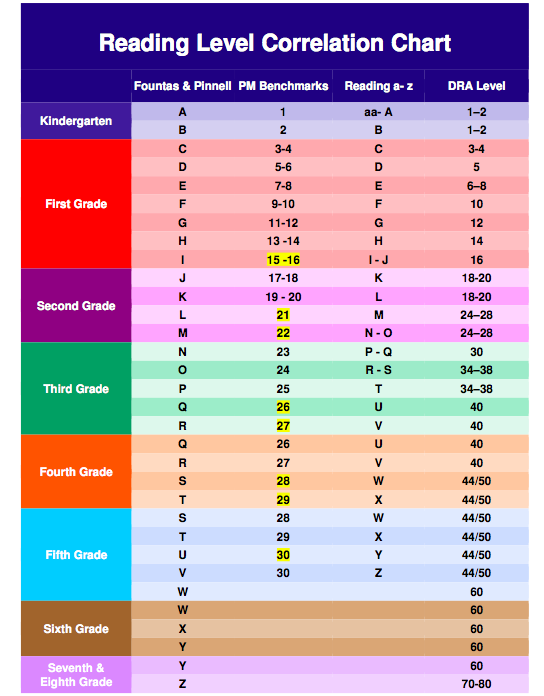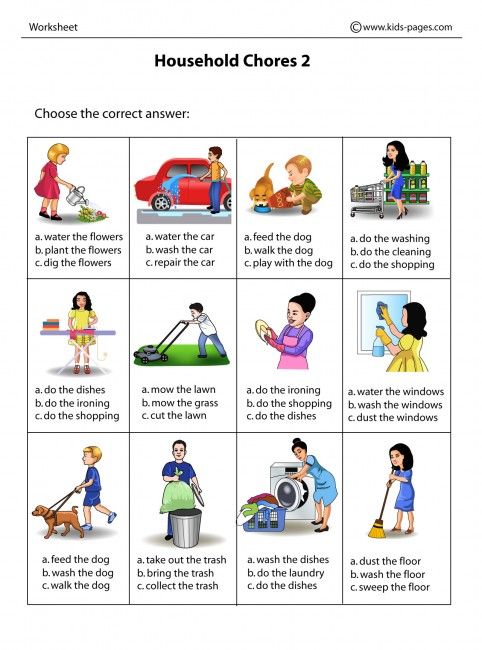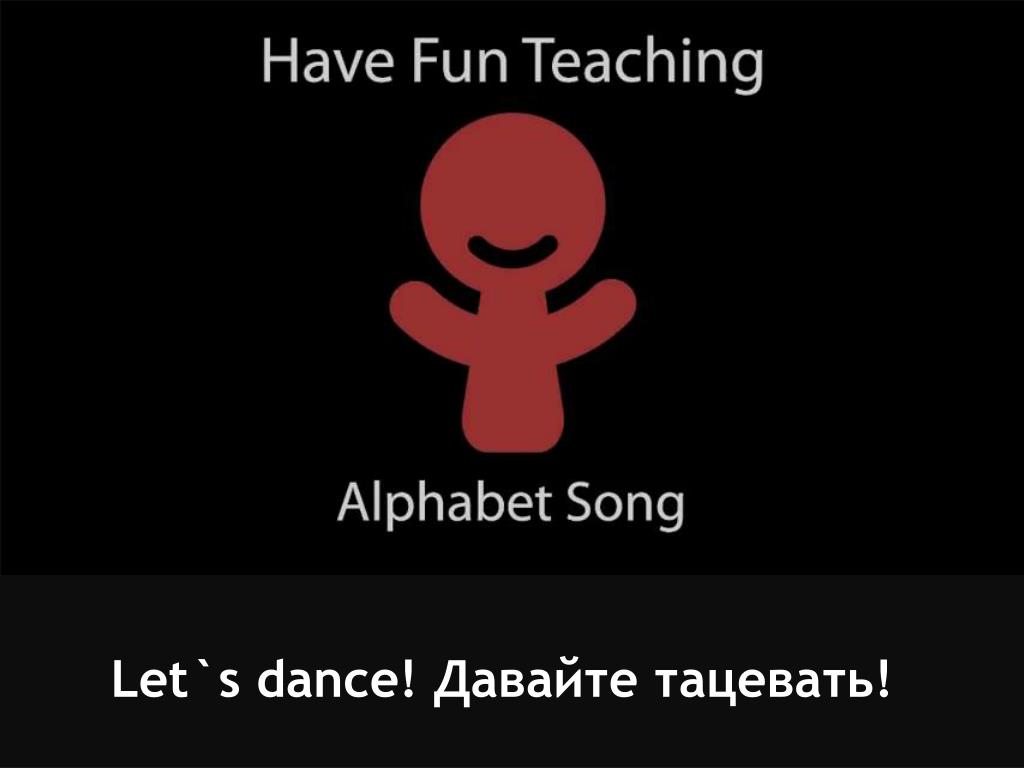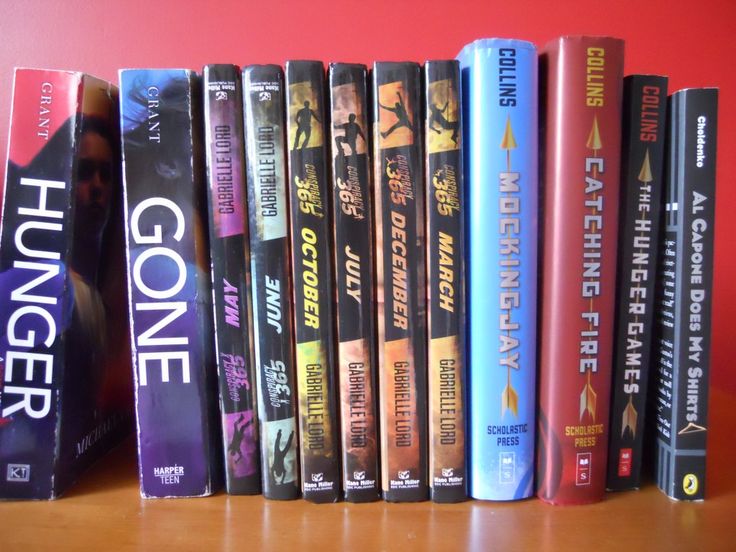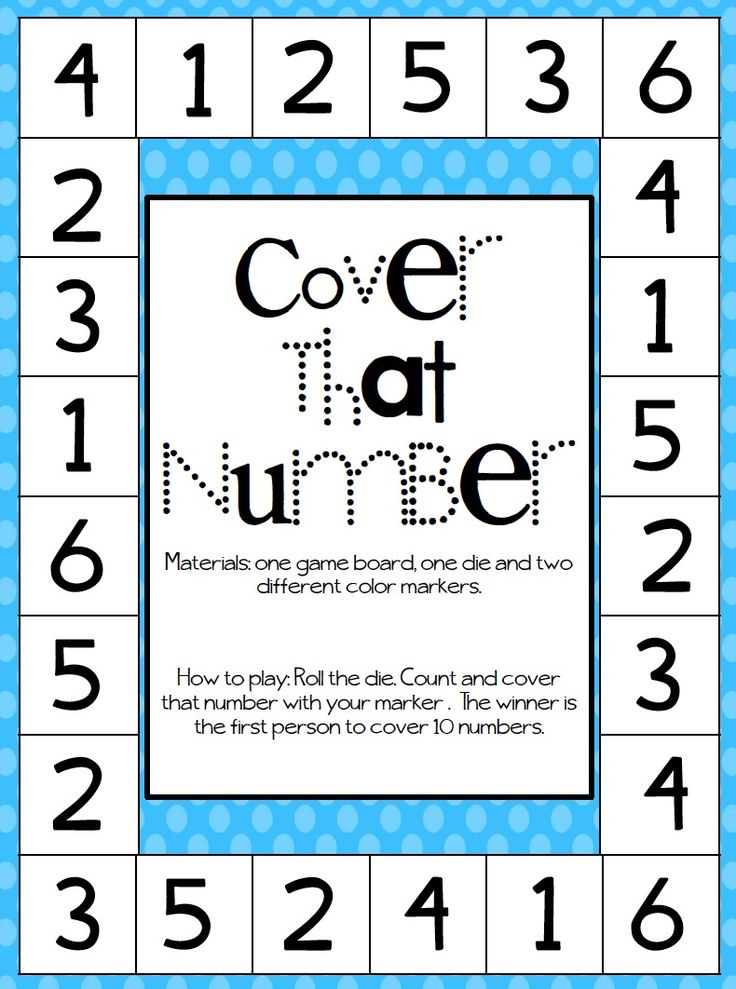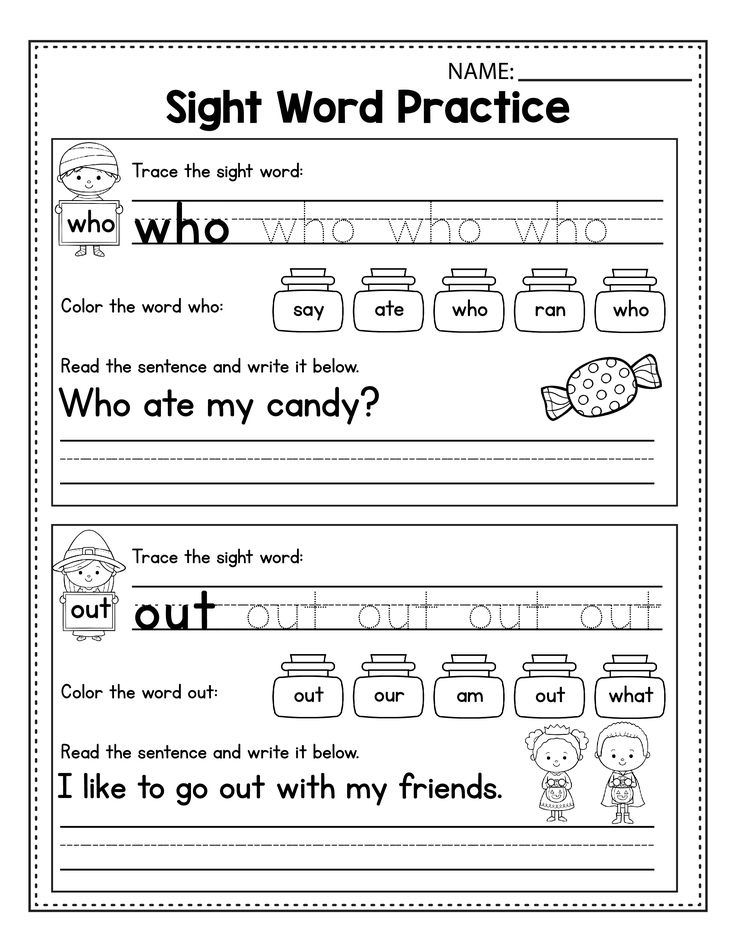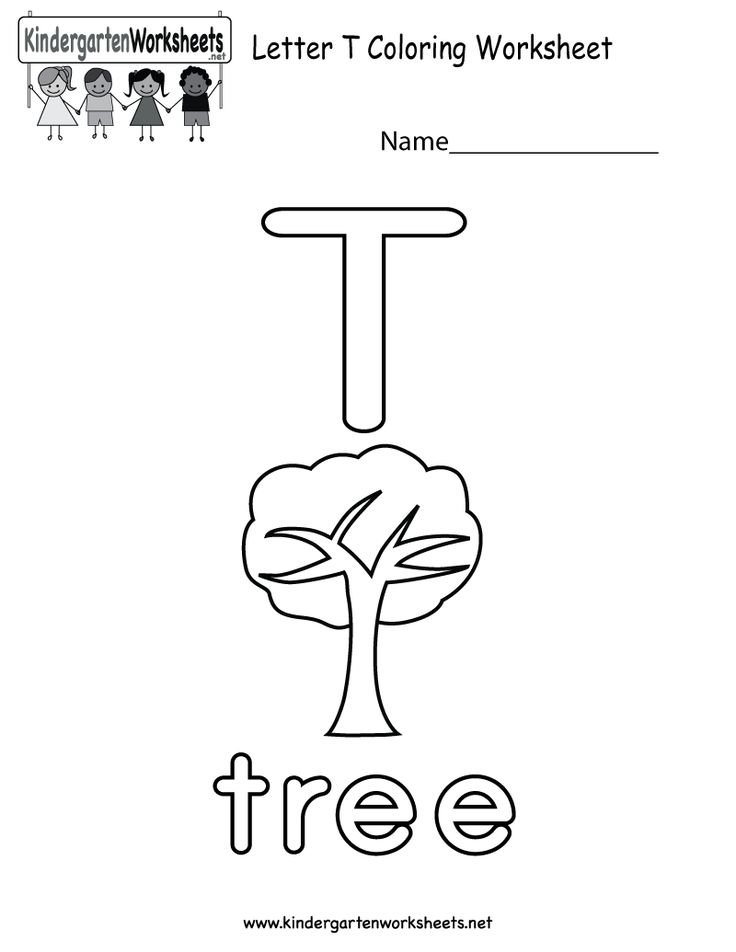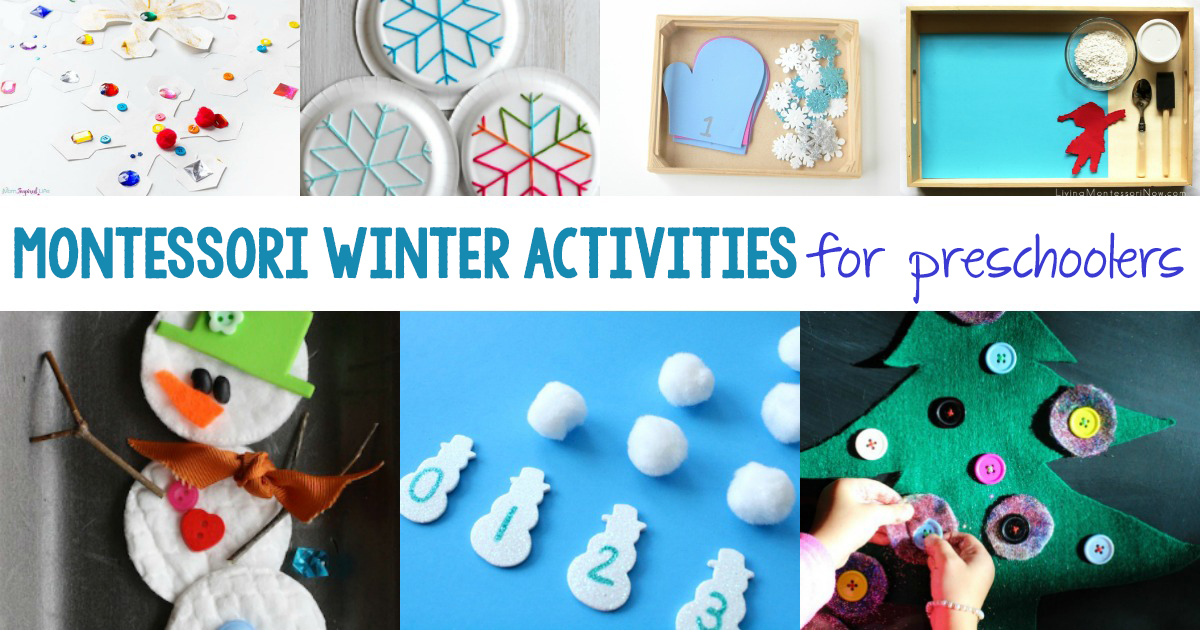Strategies for shared reading
Shared Reading | Classroom Strategies
Shared Reading is an interactive reading experience that occurs when students join in or share the reading of a book or other text while guided and supported by a teacher. The teacher explicitly models the skills of proficient readers, including reading with fluency and expression. The shared reading model often uses oversized books (referred to as big books) with enlarged print and illustrations.
| When to use: | Before reading | During reading | After reading |
| How to use: | Individually | With small groups | Whole class setting |
More fluency strategies
Why use shared reading?
- It provides struggling readers with necessary support.
- Shared reading of predictable text can build sight word knowledge and reading fluency
- Allows students to enjoy materials that they may not be able to read on their own.
- Ensures that all students feel successful by providing support to the entire group.
How to use shared reading
- Introduce the story by discussing the title, cover, and author/illustrator. Ask the students to make predictions regarding what they think the story might be about.
- Read the story aloud to the students using appropriate inflection and tone. Pause and ask the students to make predictions. Ask brief questions to determine students' comprehension level.
- Conclude the reading by reserving time for reactions and comments. Ask questions about the story and relate the story to the students' similar experiences. Ask the children to retell the story in their own words.
- Re-read the story and/or allow time for independent reading.
- Conduct follow-up activities such as making crafts related to the story.
Chicka, Chicka, Boom, Boom: Shared Reading in Kindergarten
Give students with an opportunity to practice reading fluency and expression through a shared reading with the class.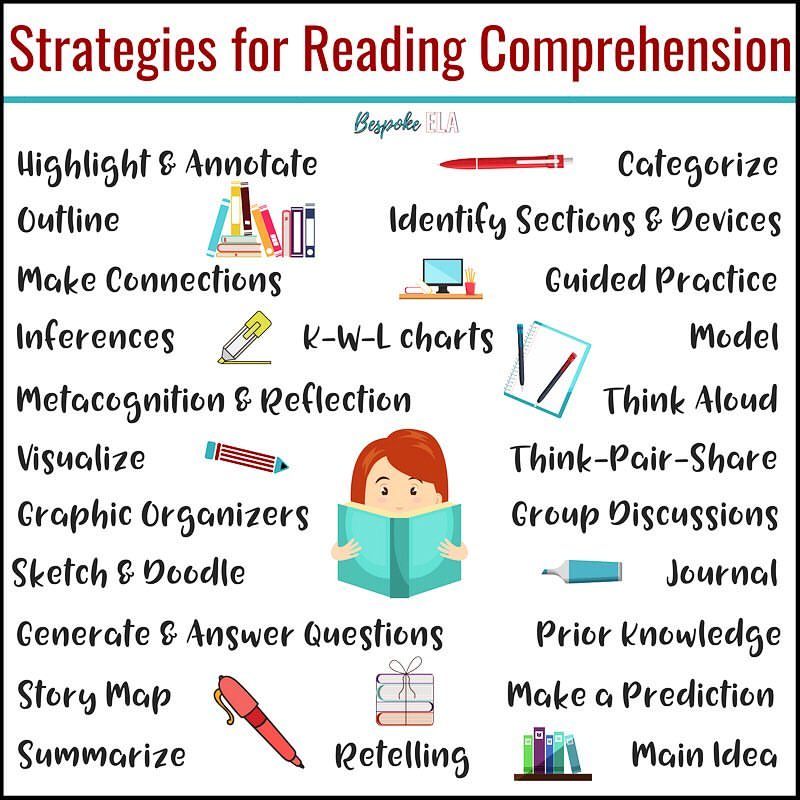 The teacher asks questions as she reads to help students stay engaged. See the lesson plan.
The teacher asks questions as she reads to help students stay engaged. See the lesson plan.
This video is published with permission from the Balanced Literacy Diet. See many more related how-to videos with lesson plans in the Reading Fluency and Expression section.
Collect resources
Language Arts
This site gives teachers some ideas for using shared reading with younger students and less skilled readers. See example >
Science
This site offers several examples of how activities related to learning about science topics can be centered around the shared reading strategy. Downloads of several different poems are provided. See example >
Social Studies
This site provides five examples of shared reading lessons based upon the book Map It! by Elspeth Leacock. See example >
See example >
Shared Reading Booklists
Differentiated instruction
For second language learners, students of varying reading skill, and for younger learners
- Teachers may wish to have Spanish copies of the shared reading books.
- Books can be kept in an area accessible to students for independent and familiar rereading by students.
- Ask students to write their own similar story using the same theme or sentence/language pattern of the book that has been shared.
- Teachers can use sentence strips and have students can retell or build the story by putting the strips in order.
- Have students write their predictions based upon what would happen next if the story were to continue.
Related resources
See the research that supports this strategy
Fountas, I. C., & Pinnell, G. S. (1996). Guided Reading, Good First Teaching for All Children. Portsmouth, NH: Heinemann
Children's books to use with this strategy
Weather: Poems for All Seasons
By: Lee Bennett Hopkins
Genre: Poetry
Age Level: 6-9
Reading Level: Independent Reader
Easier to read poems focus on weather and seasons.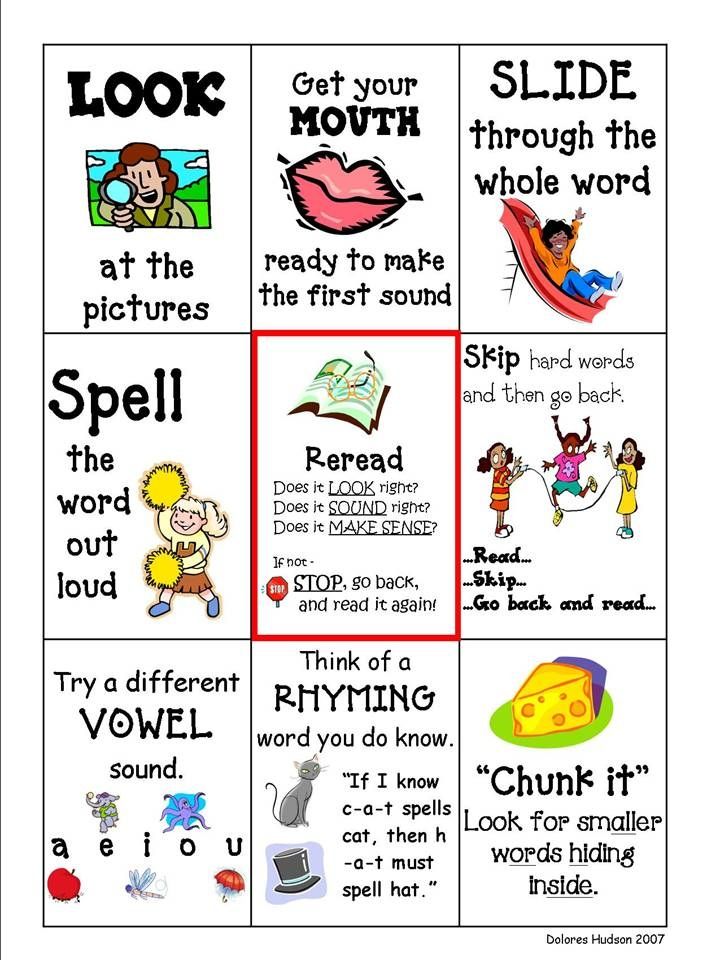
The Tree that Time Built: A Celebration of Nature, Science and Imagination
By: Mary Ann Hoberman
Genre: Poetry
Age Level: 6-9
Reading Level: Independent Reader
Clearly organized with lucid introductions to each section as well as for select poems, this handsome anthology includes a range of poems and poets for an evocative, informative, and often inspiring look at science and nature.
Honey I Love and Other Poems
By: Eloise Greenfield, Diane Dillon
Genre: Poetry, Fiction
Age Level: 6-9
Reading Level: Independent Reader
A collection of poetry conveys the joys of a young girl.
Emma's Yucky Brother
By: Jean Little, Jennifer Plecas
Genre: Fiction
Age Level: 6-9
Reading Level: Beginning Reader
Emma is thrilled that her family is adopting a 4-year old boy. She soon learns, though, that being an older sister isn’t what she thought it would be at all.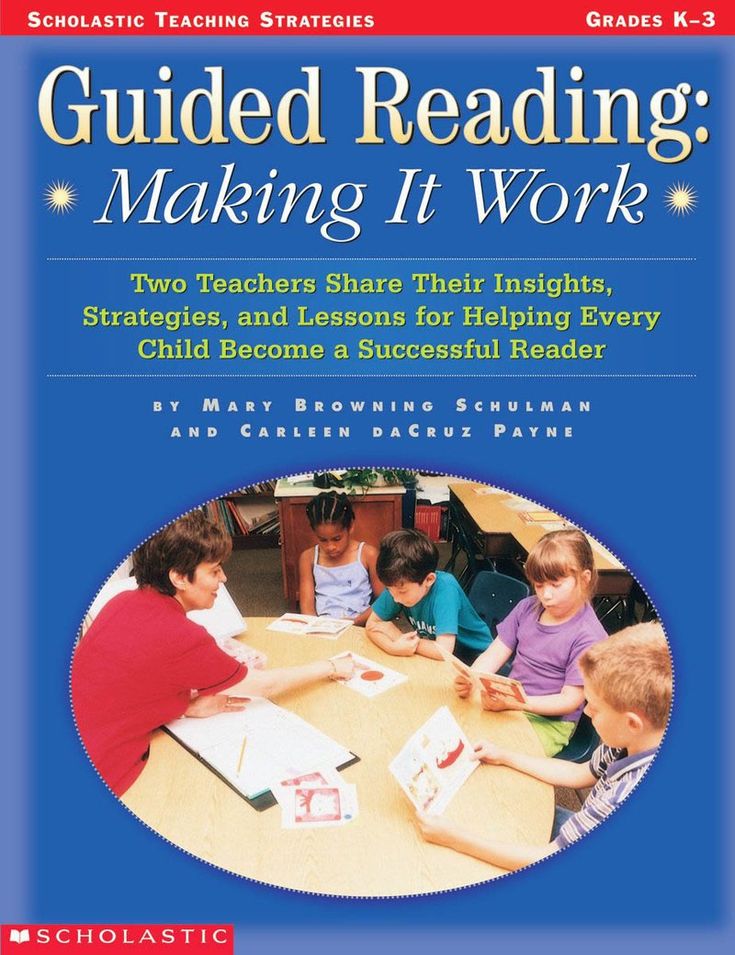 Gradually, Emma and Max start to feel like siblings as each child begins to adapt to their family's new configuration. Expressive, simply drawn illustrations extend the smooth text.
Gradually, Emma and Max start to feel like siblings as each child begins to adapt to their family's new configuration. Expressive, simply drawn illustrations extend the smooth text.
Comments
What is Shared Reading?
*Effective reading instruction involves a combination of powerful instructional settings. This post is the next in our "What is...?" series, where we define each instructional context that makes up a coherent literacy system.
What is shared reading?
During shared reading, you and your students read aloud an enlarged version of an engaging text that provides opportunities for your students to expand their reading competencies. The goals of the first reading are to ensure that students enjoy the text and think about the meaning. After the first reading, students take part in multiple, subsequent readings to notice more about the text. They discuss the text, and you select teaching points based on their needs.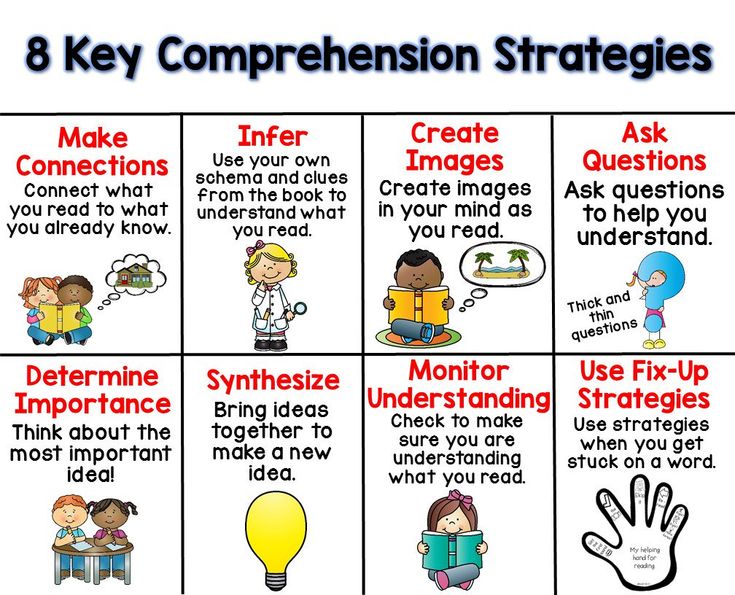
Why is shared reading important?
As an instructional context, shared reading:
- Provides enjoyable, successful experiences with print for all students
- Promotes the development of all aspects of the reading process
- Builds language skills and enhances vocabulary
- Provides opportunities to engage in expressive, meaningful, fluent reading
- Builds understanding of various types of texts, formats, and language structures
- Builds a community of readers
"Shared reading enables all children, regardless of their reading levels, to have enjoyable literacy opportunities every day." – Irene C. Fountas and Gay Su Pinnell
What does shared reading look like?
Students sit together as a whole group and, following your first reading, engage in an oral reading of a common text. They use their voices to interpret the meaning of a text as they read in unison with others. Alternatively, students are assigned parts to read.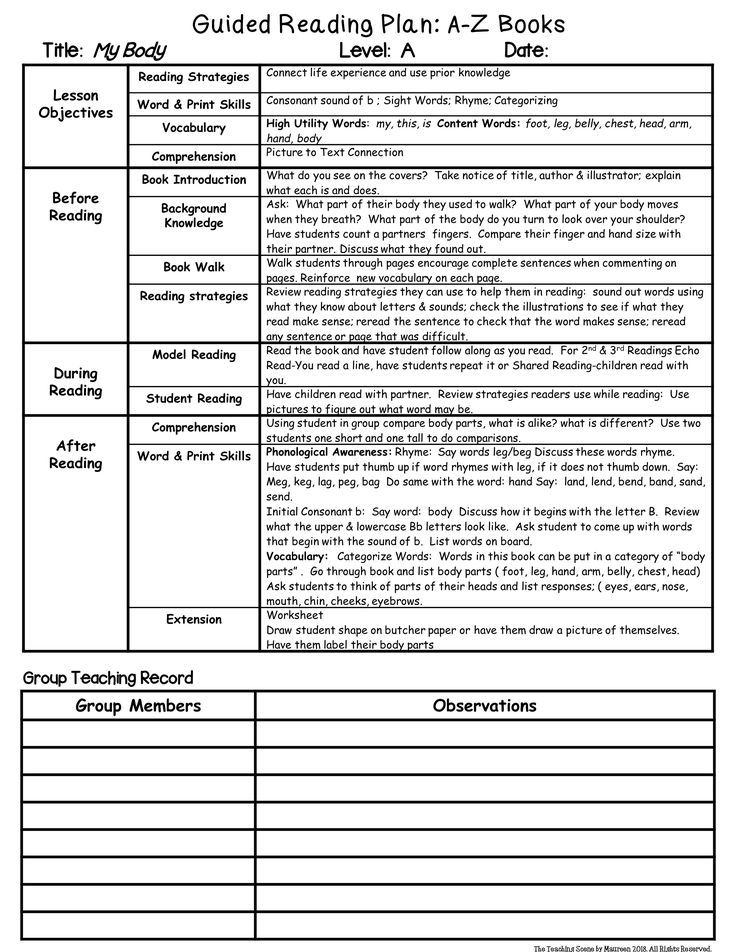
Structure of a shared reading lesson:
- Introduce the Text – Engage students' interest in the text with a few opening words.
- Model Reading of the Text – Read the text to students at a good pace with a focus on enjoyment and understanding. Have a brief discussion.
- Read the Text Together – Have students read the whole text or selected parts with you.
- Discuss the Text – Guide conversation about the meaning and language of the text, and invite students to share their thinking.
- Teaching Points – Select a specific part or parts of the text to revisit to make teaching points. This can be accomplished over a number of subsequent readings.
- Repeated Readings – Revisit the text again on subsequent days, making additional teaching points and supporting students in gaining independence in processing the text.
Shared reading is an enjoyable experience for your classroom community and an important opportunity for children to “step up together” into more challenging texts while also beginning to notice and acquire the processes they need to read texts independently.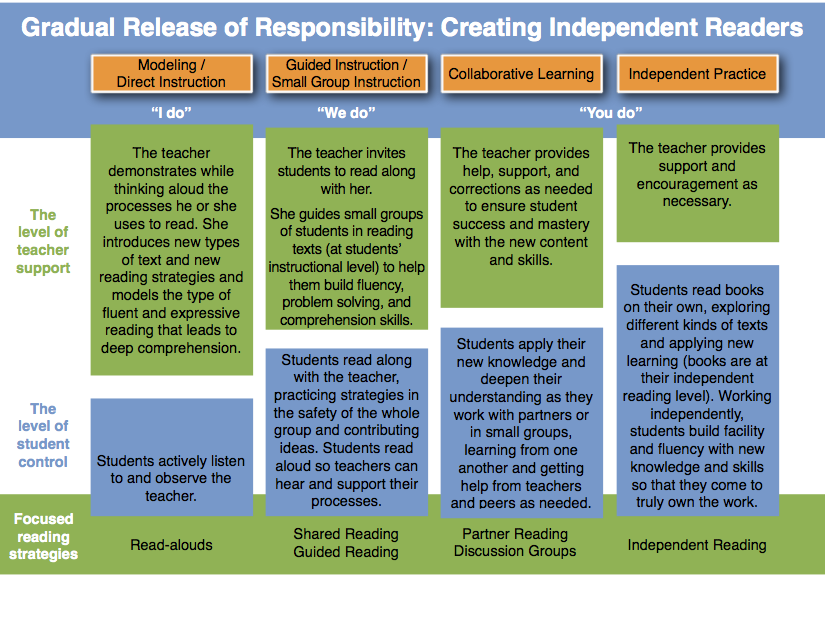
To learn more about the Fountas & Pinnell Classroom™ Shared Reading Collection, click the link below.
~The Fountas & Pinnell Literacy™ Team
Check out the entire "What is?" blog series:
- What is Guided Reading?
- What is Interactive Read-Aloud?
- What is Shared Reading?
- What are Reading Minilessons?
- What is Independent Reading?
- What are Book Clubs?
- What is Phonics, Spelling, and Word Study?
Topics: Fountas & Pinnell Classroom™, Shared Reading, Featured Posts, Home, What is Series
Shared Reading
| This article contains content written as Advertisement . |
Collaborative reading is an instructional approach in which the teacher explicitly models the strategies and skills of an experienced reader.
In Brenda Parks Read Again!, a teacher's guide to collaborative classroom reading, the first chapter asks: What is collaborative reading? She then answers the question by writing, "Reading together is a collaborative learning activity based on research by Don Holdaway (1979) that mimics and builds on a child's experience with bedtime stories." [1]
In early childhood classes, shared reading typically involves the teacher and a large group of children sitting together to read and reread carefully selected enlarged texts.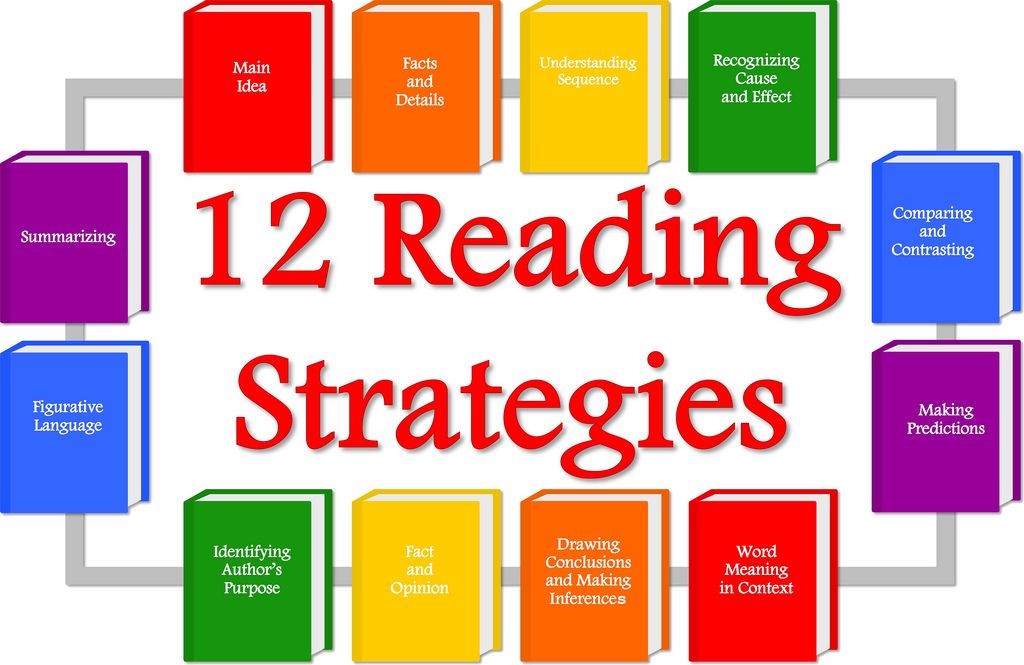 Shared reading can also be done effectively with small groups.
Shared reading can also be done effectively with small groups.
With this teaching method, students are able to gradually take on more responsibility for reading as their skills and confidence level increase. Shared reading also provides a safe learning environment for students to practice the reading behavior of expert readers with the support of a teacher and peers. Collaborative reading can focus on the needs identified in the assessment data and required by curriculum expectations at the class level. The text is always chosen by the teacher and must be visible to the students.
Content
- 1 Description
- 2 goal
- 3 Specification of texts
- 4 Method
- 5 See also
- 6 Recommendations for
- 8 External reference 9,000 description 9000 description 9000 West referen reading paper materials were used. However, a number of electronic resources have recently been developed. One such resource is an online resource called Mimic Books.
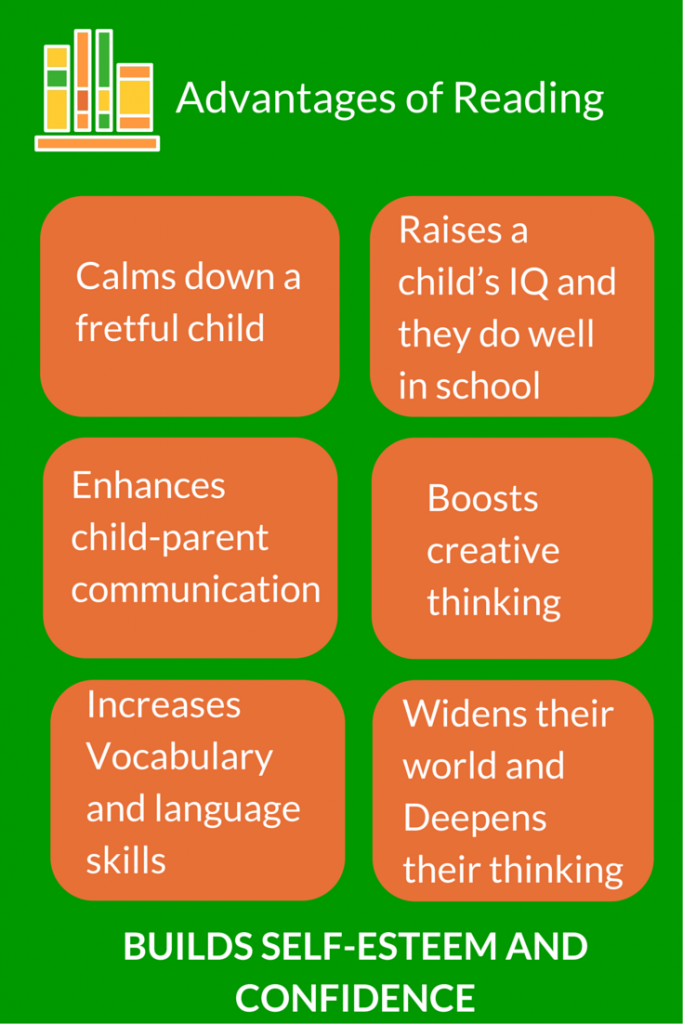 This resource has been specifically designed for use on interactive whiteboards for general reading lessons. The advantage of this resource is that it reproduces the look and feel of a real big book, but on an interactive whiteboard, making it highly visible to children. By increasing the amount of shared reading at home, parents can help children develop a broader knowledge base to understand the world. [2]
This resource has been specifically designed for use on interactive whiteboards for general reading lessons. The advantage of this resource is that it reproduces the look and feel of a real big book, but on an interactive whiteboard, making it highly visible to children. By increasing the amount of shared reading at home, parents can help children develop a broader knowledge base to understand the world. [2] Purpose
The main purpose of reading together is to give children an enjoyable experience, to introduce them to different authors, illustrators and types of texts, to encourage them to become readers. The second and no less important goal is to teach children the process of reading and to teach systematically and in detail how to be a reader and writer yourself. (Parks, 2000). Through shared reading, children learn to track print and associate print with speech (Clay, 2000). By increasing the amount of shared reading at home, parents can help children develop a broader knowledge base to understand the world.
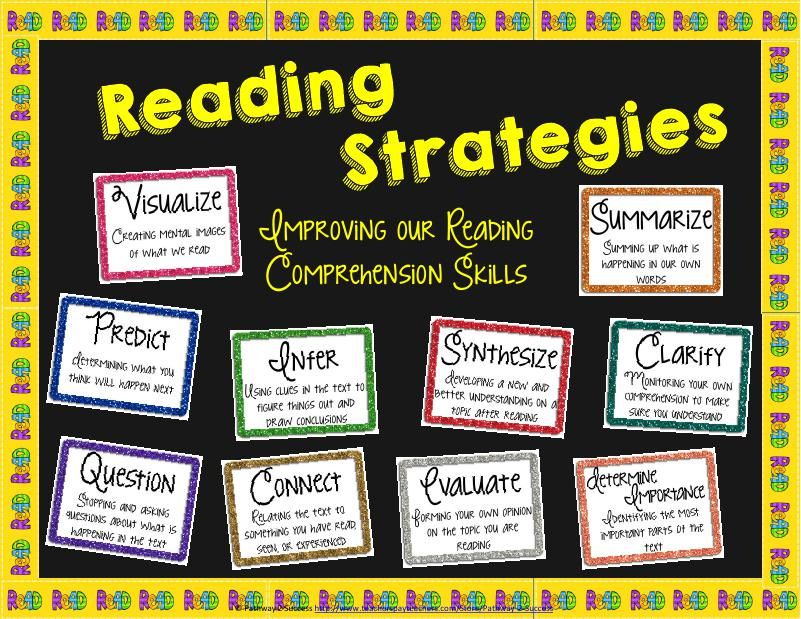 [3]
[3] Specification of texts
When choosing texts to read, teachers usually look for a text that is appropriate for the students' reading level, which is also cross-curricular and topical in nature. The text should be of suitable length for study and sufficiently complex. The text should also have an impact.
Method
In the elementary grades, the teacher reads and the children are encouraged to read together. The more familiar the text, the more teachers ask students in terms of reading, speaking, and answering questions about reading. In high school, the teacher reads the text aloud after presenting the focus and then rereads the text asking questions related to the chosen focus (and may ask students to join in). The focus may be on such things as: analysis, predictions, drawing conclusions, grammar and punctuation, vocabulary development, questionnaires, literacy elements, critical thinking, phrasing, fluency, intonation, character and plot development.
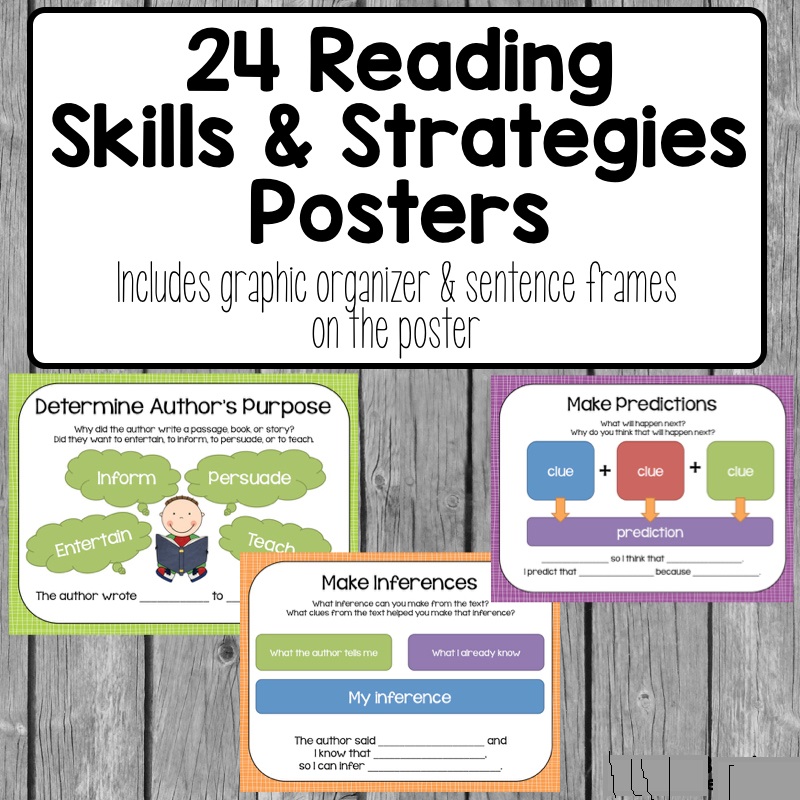
According to Morrow (2009), group reading usually begins with the teacher reading the Big Book so that everyone can see the text. Stories with a predictable plot are best because students can engage in collaborative reading early on. During the first reading, students should simply listen to the story. The teacher can use the pointer to show text directionality and one-to-one correspondence. As the text is read multiple times, students should begin to participate by singing, predicting, identifying key words important to the story, or participating in the echo reading. Morrow (2009) also suggests taping readings from shared books and making them available for students to listen to at other times. “This exercise provides a familiar and fluent reading pattern with good wording and intonation that children can imitate” (Morrow, 2009, p. 199).
See also
- Guided reading
- Self reading
References
- Allan, Janet. Yellow Brick Roads: Common Pathways to Independent Reading.
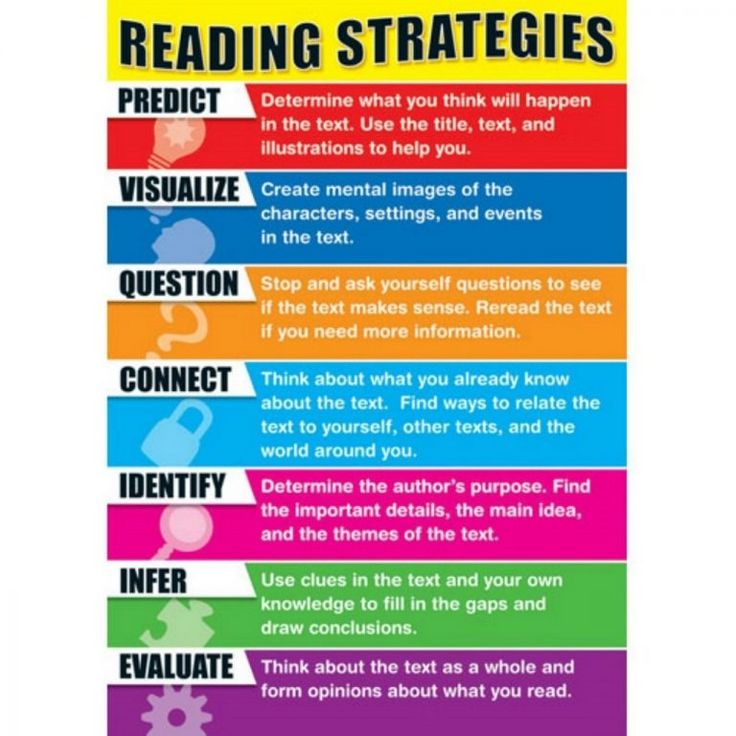 Portland, Maine: Stenhouse Publishers, 2000
Portland, Maine: Stenhouse Publishers, 2000 - Booth, David. Guided Reading Process: Methods and Strategies for Successful Learning in the K-8 Classroom. Markham, Ontario: Pembroke Publishing, 1999.
- Booth, David. Literacy techniques for creating successful readers and writers. Markham, Ontario: Pembroke Publishing, 2004.
- Brown, Susan. Reading together for grades 3 and up: collaborative work. Wellington, New Zealand: Learning Media Limited, 2004.
- Cunningham, Patricia M. Classrooms that work: they are called to read and write . Boston, MA: Allyn and Bacon, 2003.
- Funtas, Irene K. Guided Reading: A Good First Learning for All Children . Portsmouth, NH: Heinemann, 1996.
- Holly, Cynthia. Warming up to big books . Bothwell, WA: Wright Group, 1995.
- Kaner, Etta. The Class That Reads: Best Practices for Teaching Early Reading . Toronto, Ontario: Federation of Primary Teachers of Ontario, 2001
- McTeague, Frank.
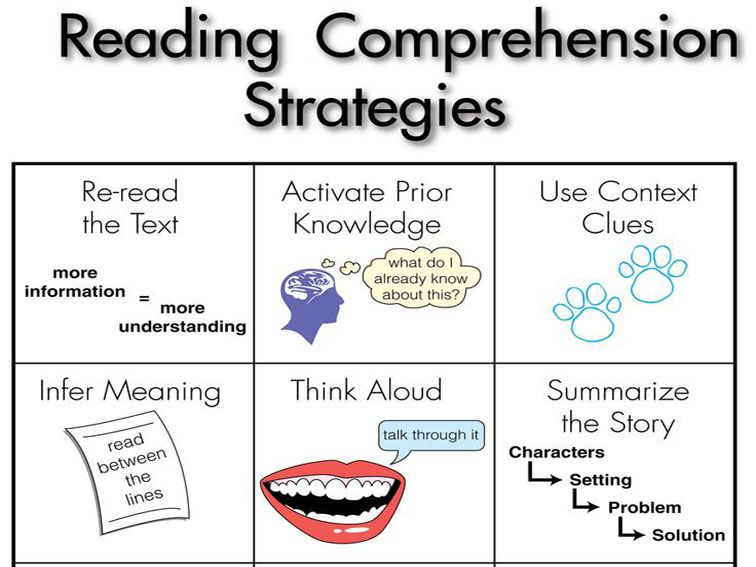 Middle and Senior Year Collaborative Reading.. Markham, Ontario: Pembroke Publishing, 1992.
Middle and Senior Year Collaborative Reading.. Markham, Ontario: Pembroke Publishing, 1992. - Morrow, L. (2009). Literacy development in the early years of life (6th ed.). New York, NY: Pearson.
- Ontario. Handbook for Effective Literacy Teaching. Grades 4-6 Department of Education, 2006
- Parkes, Brenda. Read again! Return to Reading Together . Portland, ME: Stenhouse, 2000.
- Pitum, Adrian. Reading together: risks for entire books . Richmond Hill, Ontario: Scholastic-TAB, 1986.
- Powell, Richard. Come back bouncer! Toronto: W.H. Smith, 1990.
- Slaughter, Judith Pollard. Beyond Storybooks: Young Children and the Shared Book Experience . Newark, Delaware: International Reading Association, 1992.
- Schwartz, Stanley L. Shared Reading: Reading with Children. Parsipanny, NJ: Dominie Press/Pearson Learning Group, 2002. 9 Wolf, M. (2005). Proust and the Squid: The History and Science of Brain Reading .
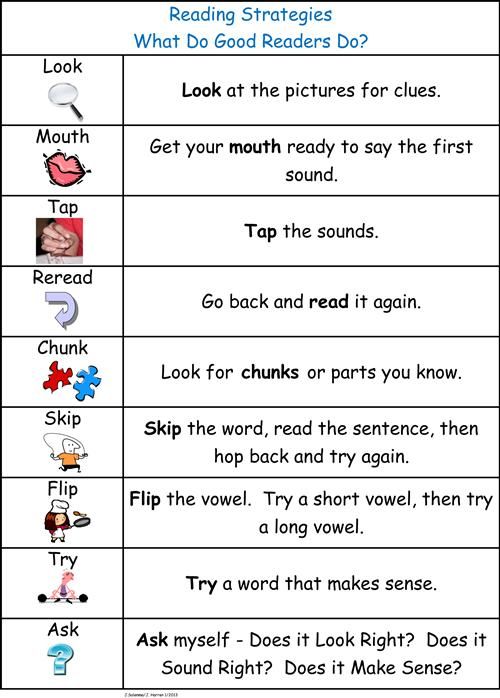 New York: Harper.
New York: Harper.
external link
Semantic reading strategies. Chamomile Bloom
primary school teacher
of the highest qualification category
MBOU of the city of Novosibirsk "Gymnasium No. 9named after
Hero of the Russian Federation Nemytkin Mikhail Yurievich"Reading and not understanding is the same as not reading at all. Komensky Ya.
Meta-subject results of mastering the basic educational program of primary general education should reflect:
P. 9) mastering the skills of semantic reading of texts of various styles and genres in accordance with the goals and objectives; consciously build a speech statement in accordance with the tasks of communication and compose texts in oral and written forms. [1, p.9].
Semantic reading is a type of reading aimed at understanding the semantic content of the text by the reader.
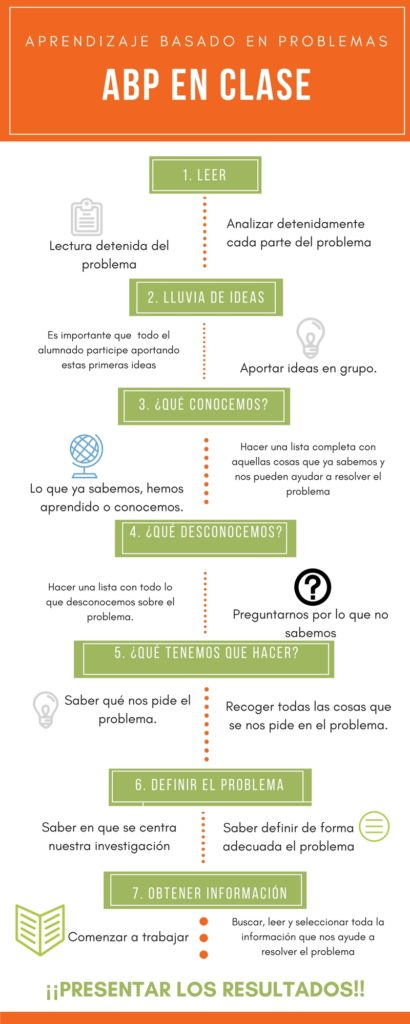
The purpose of semantic reading is to understand the content of the text as accurately and completely as possible, to catch all the details and practically comprehend the extracted information.
One of the main ways to develop reading literacy is a strategic approach to teaching meaningful reading. Semantic reading strategies are understood as combinations of techniques that are used for the perception of textual information and its processing into personal-semantic attitudes in accordance with the communicative-cognitive task. Strategy always involves a choice and functions automatically at an unconscious level. There is a wide variety of semantic reading strategies: "Brainstorming", "Glossary", "Competing with a writer", "Reading in a circle", an associative bush, Bloom's chamomile, cinquain, etc.
In my teaching practice at the lessons of literary reading, I often use the strategy - Bloom's Chamomile. The students have fun making a daisy, each of the six petals of which has a different type of question written on it.
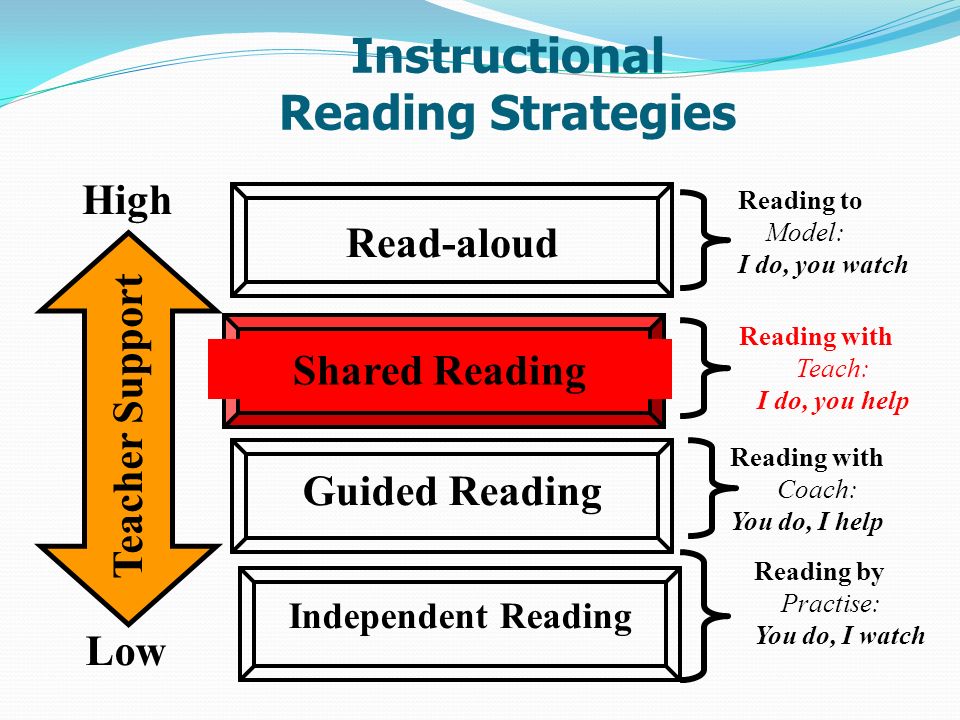 Work can be individual, pair or group, such a chamomile can be given to students at home.
Work can be individual, pair or group, such a chamomile can be given to students at home. B. Bloom's classification of questions:
Simple questions. Test knowledge of the text. The answer to them should be a brief and accurate reproduction of the information contained in the text. What was the main character's name? Where does the Volga flow?
Clarifying questions. Bring to the level of understanding the text. These are provocative questions requiring "yes" - "no" answers and verifying the authenticity of textual information. Is it true that... If I understood correctly, then...
Such questions make a significant contribution to the formation of the skill of conducting a discussion. It is important to teach them to ask them without a negative connotation.
Explanatory (interpretative) questions. Used to analyze textual information. Start with the word "why". Aimed at identifying cause-and-effect relationships.
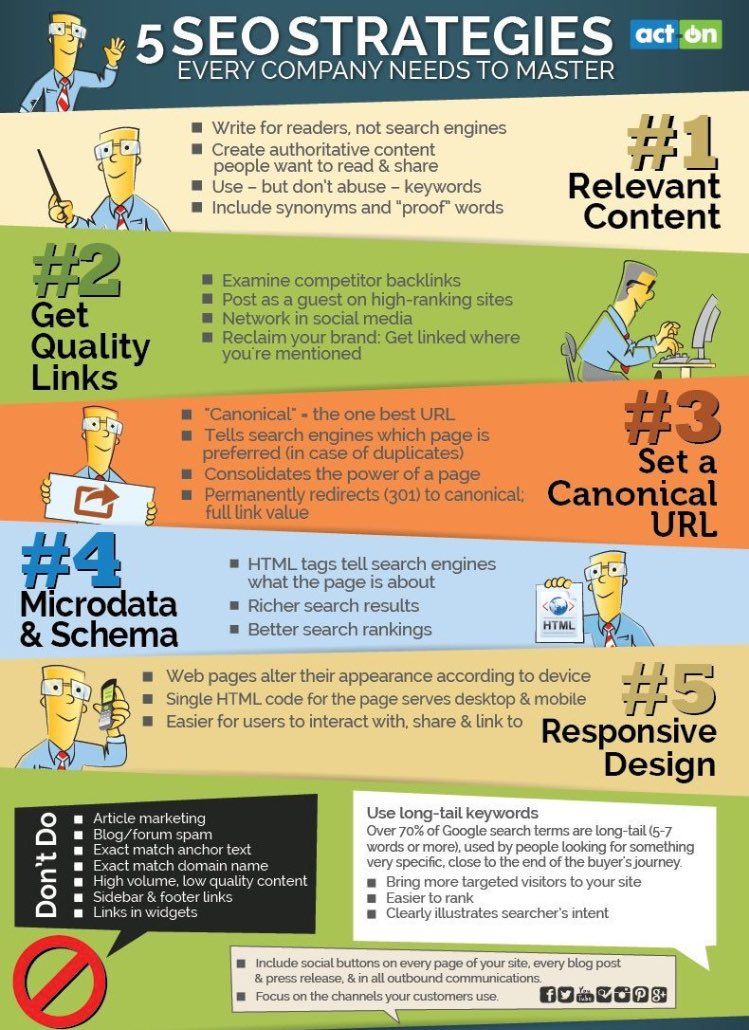 It is important that the answer to such a question is not contained in the text in finished form, otherwise it will go into the category of simple ones.
It is important that the answer to such a question is not contained in the text in finished form, otherwise it will go into the category of simple ones. Creative questions. They imply the synthesis of the received information. They always have a particle WOULD or future tense, and the wording contains an element of forecast, fantasy or assumption. What would happen if... What would change if a person had 4 arms? How do you think the fate of the hero would have developed if he had survived?
Assessment questions. Aimed at clarifying the criteria for evaluating phenomena, events, facts. How do you feel about...? What's better? Did you do the right thing...?
Practical questions . Aimed at application, at finding the relationship between theory and practice. What would I do if I were the hero? Where can knowledge of integrals come in handy?
Examples from practice: N. Nosov "Cucumbers".
The chamomile was composed by students of the 3rd "B" class: Domnikov K.
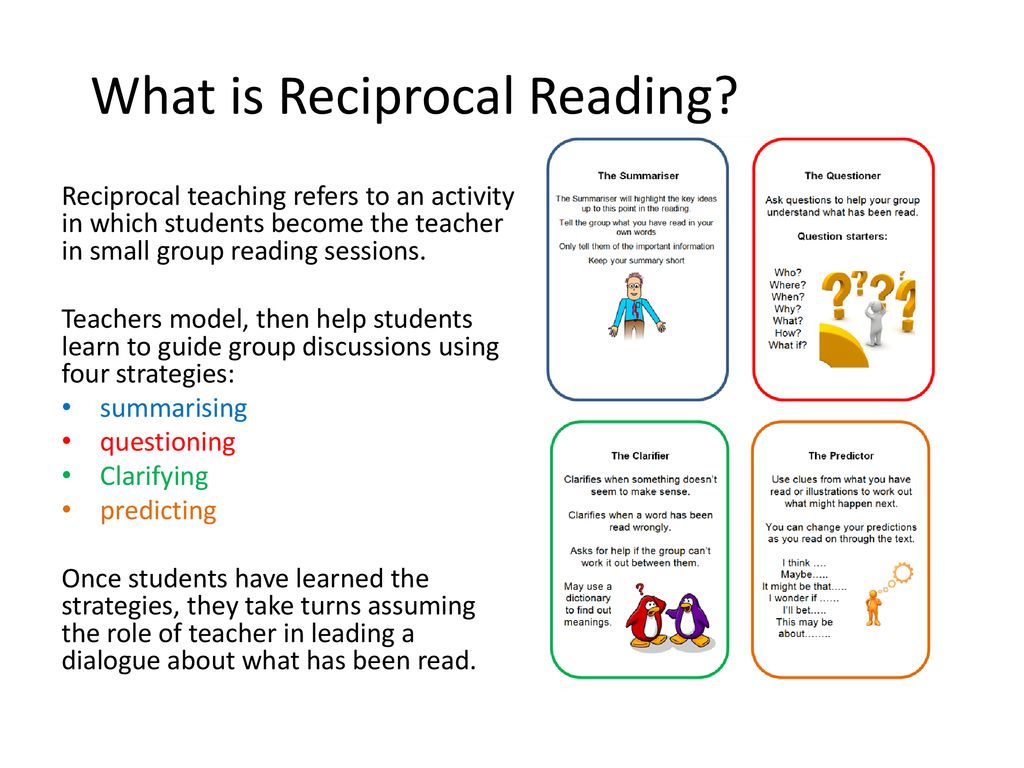
Learn more

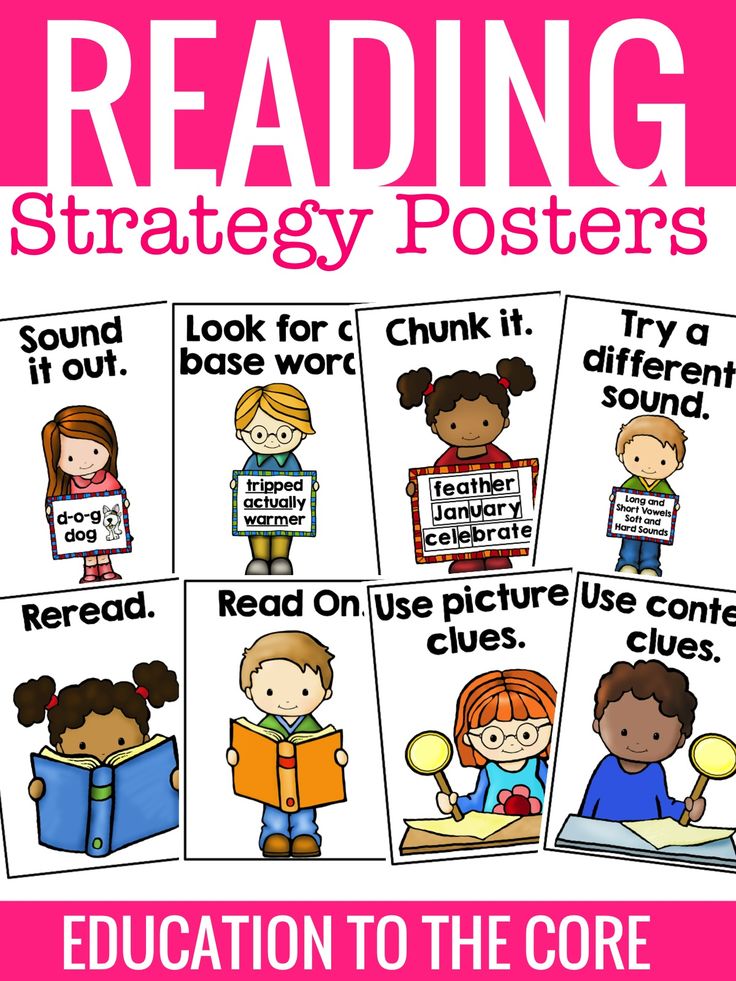 Please help Improve this by removing promotional content and inappropriate external links, and by adding encyclopedic content written from a neutral point of view. (February 2017) (Learn how and when to delete this message template)
Please help Improve this by removing promotional content and inappropriate external links, and by adding encyclopedic content written from a neutral point of view. (February 2017) (Learn how and when to delete this message template) 